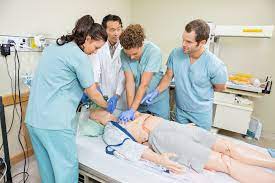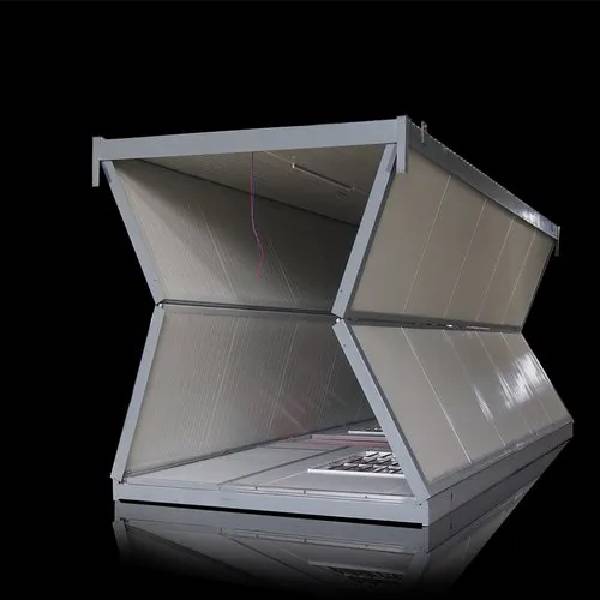Growing Demand for Medical Simulation Products to Drive the Global Medical Simulation Market
Market Overview:
The medical simulation market offers a wide range of products that simulate real-life medical scenarios and procedures, providing healthcare professionals with a realistic training environment. These simulation products include patient simulators, surgical simulators, and imaging simulators, among others. The advantages of medical simulation products include improved patient safety, enhanced clinical outcomes, and increased efficiency in healthcare training. With the growing need for skilled healthcare professionals, the demand for medical simulation products is expected to rise significantly.
Market Key Trends:
One key trend observed in the medical simulation market is the increasing adoption of virtual reality (VR) and augmented reality (AR) technologies in medical training. VR and AR offer immersive and interactive training experiences, allowing healthcare professionals to practice complex procedures in a safe and controlled environment. These technologies enable realistic simulations and enhance learning outcomes. The integration of VR and AR technologies in medical simulation products is expected to drive market growth and revolutionize medical education and training.
The global Medical Simulation Market Growth is estimated to be valued at US$1,712.0 Mn in 2023 and is expected to grow at a CAGR of 12.4% during the forecast period of 2023-2030 according to Coherent Market Insights.
Segment Analysis:
The medical simulation market can be segmented based on the type of simulation, product and services, end-users, and region. In terms of type of simulation, the market can be further divided into patient simulators, surgical simulators, ultrasound simulators, dental simulators, and others. Among these segments, patient simulators dominate the market due to their widespread use in medical education and training. These simulators mimic patient conditions and provide hands-on experience for medical professionals to practice various procedures.
Based on the product and service segment, the medical simulation market can be categorized into anatomical models, web-based simulation, software, and others. Anatomical models are the leading sub-segment within this category as they are widely used for teaching and training purposes. These models accurately replicate the human body, allowing medical professionals to practice procedures and understand anatomical complexities.
In terms of end-users, the medical simulation market caters to academic institutions, hospitals, military organizations, and others. Academic institutions are the dominant end-users as medical simulation is an essential part of medical education and training. Simulation centers in universities and medical schools provide a safe environment for students to learn and practice medical procedures.
Key Takeaways:
The global medical simulation market is expected to witness high growth, exhibiting a CAGR of 12.4% over the forecast period. This growth can be attributed to the increasing demand for training healthcare professionals, advancements in simulation technology, and the need for cost-effective medical training methods. Simulation allows medical professionals to enhance their skills, improve patient safety, and reduce medical errors.
In terms of regional analysis, North America is the fastest-growing and dominating region in the medical simulation market. This can be attributed to the presence of established healthcare infrastructure, increasing adoption of simulation-based training, and growing government initiatives to improve patient safety. The region also has a high number of simulation centers and is home to several key players in the market.
Key players operating in the medical simulation market include Nasco, Simulaids Inc., Simulab Corporation, Mentice AB, Limbs & Things, Kyoto Kagaku Co. Ltd., Laerdal, Canadian Aviation Electronics, 3D Systems, and Gaumard Scientific Company Inc., among others. These companies focus on product innovation, collaborations, and mergers/acquisitions to maintain their market presence and gain a competitive edge. The market is highly competitive with continuous technological advancements and a focus on providing realistic simulation experiences for medical professionals.




Comments
Post a Comment